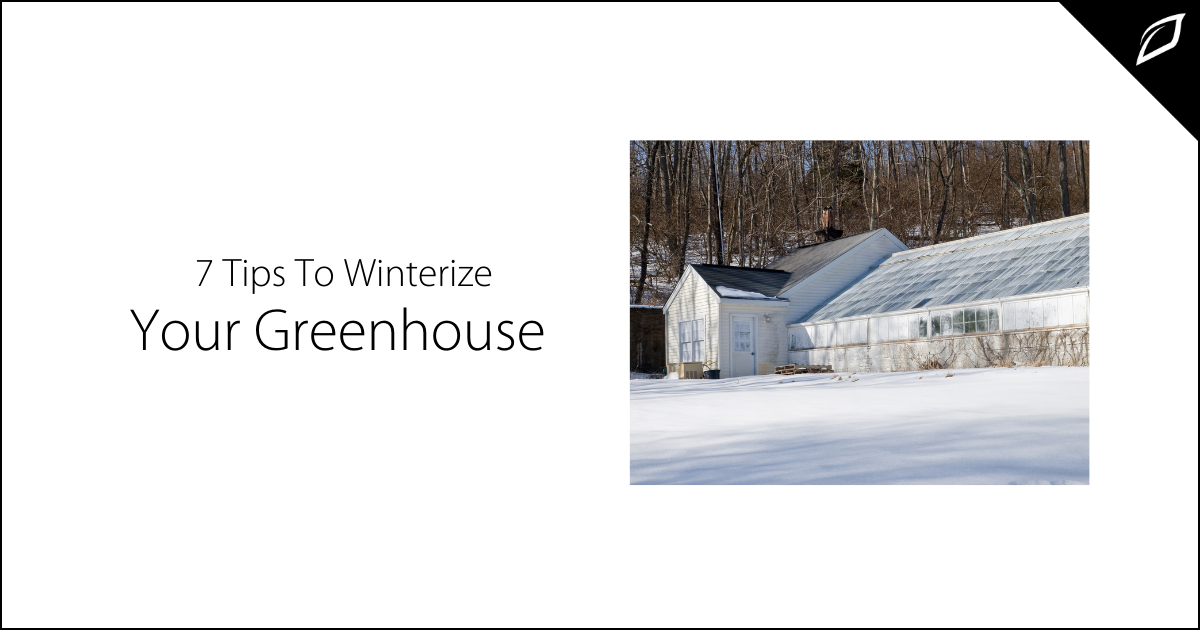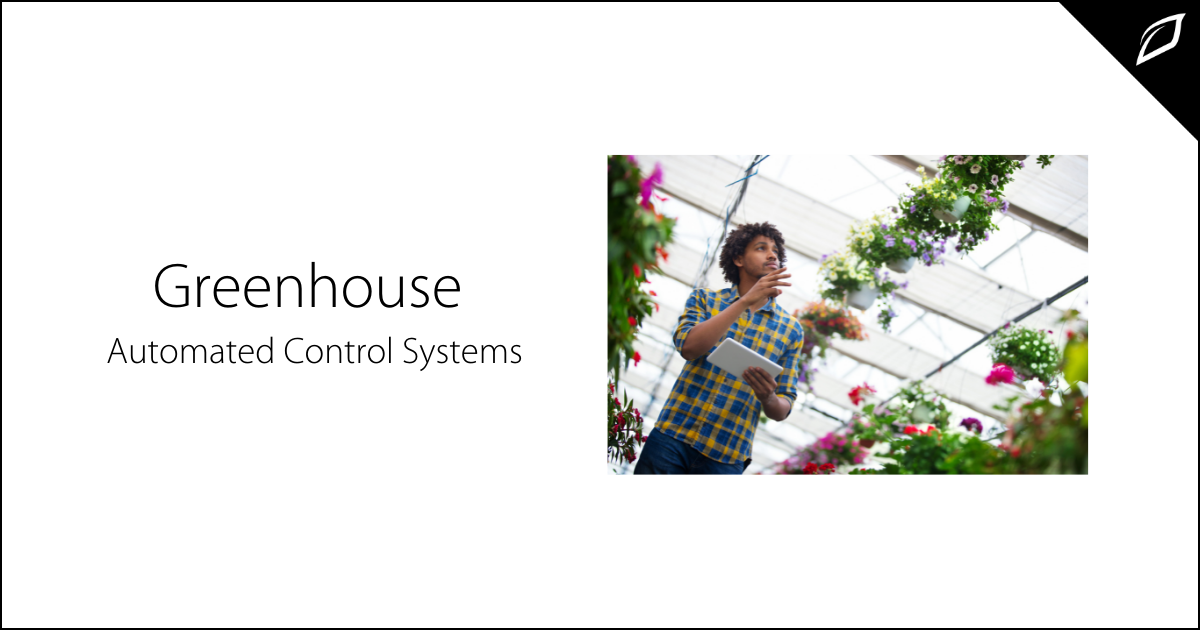Fall Greenhouse Energy Saving Tips
Changing seasons means it's time to reassess your lighting and watering goals for the Fall. As you know, greenhouse energy costs account for a...
2 min read
Joy King : Sep 29, 2021 6:00:00 AM

While outdoor growers are busy harvesting, greenhouse growers know that Fall is the best time to prepare for cold months ahead. Winter is fast approaching. To make sure your greenhouse thrives during cold winter months, winterize your grow now. Preventative measures ensure a continuous transition into colder months ahead.
Why Winterize Your Greenhouse?
Preparedness is crucial for a commercial grow to flourish during the winter and keep things growing. Avoid catastrophic loss by ensuring equipment is working properly and that the environment is protected from harsh winter conditions. Here are 7 tips to streamline your winterization checklist.
Clean clean clean
We all grew up hearing the importance of spring cleaning, but fall cleaning is essential too. Keeping your greenhouse clean and clutter-free helps with inspecting equipment and identifying problems early. Making structural repairs in the dead of winter isn't ideal. Keep it clean, and it'll help you avoid costly repairs later.
Inspection
Carefully inspect every aspect of your greenhouse to make sure it is in optimal operating condition. Plodding may need to be secured or replaced, vents may be dirty, or gutters may require cleaning. A visual inspection will identify problem areas and help you prioritize where to follow up with the next tip.
General Maintenance
It's reasonable to assume that you do regular general maintenance on an ongoing basis, but when inspecting and prioritizing winterization, focus on the things that will be primarily impacted. Structure, heating, vents, gutters, sensors, supplemental lighting, and wiring should top the list.
Safety First
Maintaining a safe work environment is paramount. Keep walkways clear. Make sure uneven cracks or bricks don't compromise flooring. Check for faulty wiring or damaged equipment. Repair leaks or cracks; replace plodding if necessary.
Electrical
Keep your equipment running this winter by making sure your electrical is working correctly. Having the best environmental controls in the world won't help you if your power goes out. Check wiring and electrical connections to make sure you'll be safe all winter. That's just the beginning. Your internet connection requires electricity, so making sure you have a backup generator is a great way to avoid costly winter crop loss.
Irrigation
Depending on your specific irrigation equipment, inspect and maintain it. If you use a drip or misting system, check irrigation tubing for kinks or clogs. Clean filters and test the flow of fluids. If you use a smart fertigation system, flush the system and conduct an emitter test. Test injector pumps to ensure they're pumping the precise dose you've predetermined.
Environmental Controls
When harsh winter conditions grip the country, plants in your greenhouse need heat. That's when an integrated heating system, part of your broader environmental controls, plays a significant role.
If you utilize a heater in your greenhouse, service it regularly, especially in Autumn. The Fall provides enough time prior to winter to inspect heating systems. Keeping a backup electric heater available if your primary one breaks down is a great idea.
Inspect environmental control sensors and recalibrate as necessary. Check equipment wiring and ensure connections are working properly.


Changing seasons means it's time to reassess your lighting and watering goals for the Fall. As you know, greenhouse energy costs account for a...

Greenhouses maintain a thriving environment that is about more than just air temperature, combining various factors that influence plant growth like...
.png)
The modern greenhouse utilizes technology to automate many daily tasks associated with a bustling grow operation. It can be confusing and...